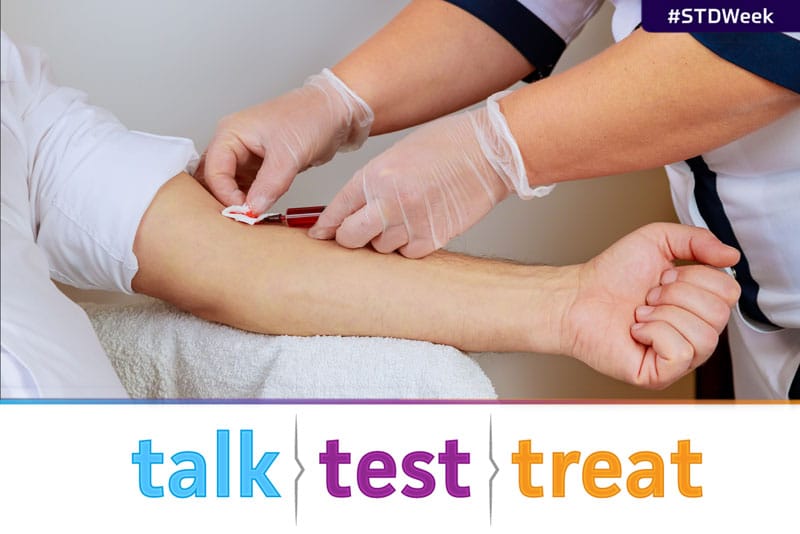Four Myths About Sexually Transmitted Diseases

Myths and misinformation about STDs could be harmful to your health
Common myths spread misinformation concerning STDs
Like so many medical concerns, there are myths and inaccurate information concerning sexually transmitted diseases (STDs). Regrettably, such misinformation is widespread and can prove harmful to public health.
Let’s look at four frequently shared myths regarding STDs and make sure we know the facts.
Myth #1: If You have an STD, you’ll know it
Fact: Although you may experience symptoms, there’s often no sign of the presence of an STD.
A person might feel healthy and still have an STD. If so, they could pass it on to someone else without knowing it.
Having an open and honest discussion with your partner before engaging in sexual activity and protecting yourself from the risk of exposure to STDs are vital to keeping you and your partner safe.
Getting yourself tested before sexual activity is the best way to determine if you have an STD.
Myth #2: You Can Get an STD From a Toilet Seat
Fact: We can’t blame a toilet seat for the transmission of an STD.
Most viruses and bacteria that cause STDs are passed through the body fluid of an infected person or by the use of contaminated objects such as needles.
Typically, these viruses and bacteria require access to the mucous membranes or an open wound of a person to enter their body. However, some STDs, such as those caused by parasites, can be transmitted by skin-to-skin contact with an infected person.
Good hygiene is important to good health. The mere skin-to-surface contact of a person sitting on a toilet seat is not likely to result in “catching” an STD.
Myth #3: Only “trashy” people get STDs
Fact: STDs don’t care who you are, and having an STD does not make you a “trashy” person
People from all walks of life get STDs. In other words, STDs don’t discriminate by race, ethnicity, religion, income, or social standing.
STD transmission can occur from a single unknown exposure. Even if someone is sexually active for the first time, they can get an STD. The surest way to avoid getting an STD is to avoid sexual contact and other activities that put you at risk for STDs.
Myth #4: Once you’ve had an STD, there’s no chance of getting it again
Fact: Treatment and recovery from prior STDs does not typically prevent reinfections.
It’s possible to become reinfected with many of the most common STDs. However, once infected with HIV and herpes, they are with you for the rest of your life.
Other STDs, like gonorrhea and chlamydia, can be cured with antibiotics. Regardless, you can contract and transmit these STDs again if you have sexual contact with someone infected with these diseases.
Some vaccines can reduce the risk of STD infections from human papillomavirus (HPV) and hepatitis B. However, if a person is not vaccinated or treated once exposed, hepatitis B and HPV can result in long-term infections.
Factual information supports STD prevention and treatment
Accurate information is always your best ally. Get your information from reliable sources such as the CDC, your local health department, or a medical professional.
If you’re sexually active or suspect you’ve been exposed to an STD, ask your doctor about being tested.
If you are diagnosed with an STD, you should complete the course of treatment as prescribed by your doctor. Furthermore, you should encourage your partner to be tested and treated. That way, both of you will avoid reinfection.
The more facts you know about STD prevention and treatment, the better you can protect yourself and your partner.
If you have further questions or need accurate information about STDs, we invite you to contact the Moultrie County Health Department today at (217) 728-4114. All contacts and communications are strictly confidential.

